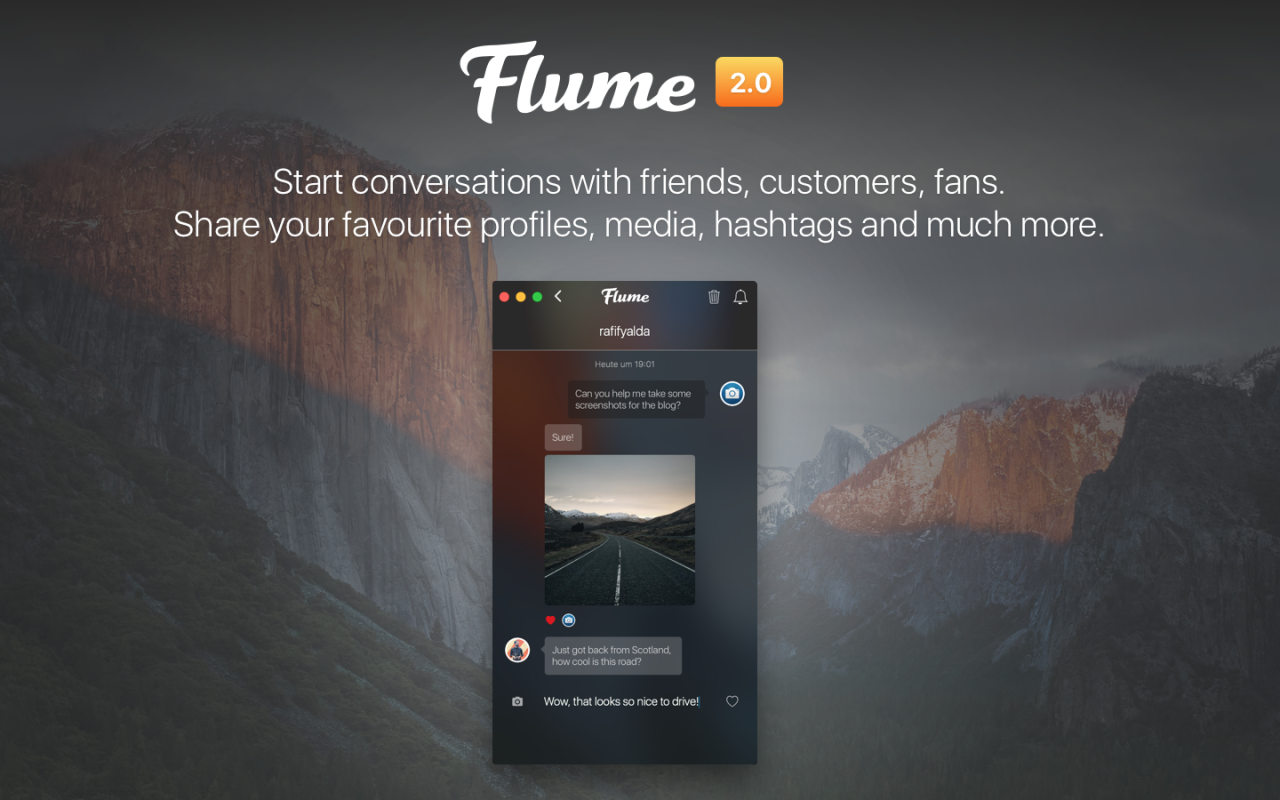

The app isn't about conforming to perfection or a trend, but rather is a tool and resource that allows people to explore plastic surgery if that's something they're interested in trying. "We see Aedit as a solution because it uses technology to visualize results that are personalized to and their own features." "Doctors are seeing more and more patients who are certain of the results they're looking to achieve or the procedure they want to undergo because of what they've seen on social media or heard about from friends, and it's not accurate," he says. He views Aedit as a way to combat those unrealistic standards social media creates. Kennedy, though, was determined to create an app that wouldn't worsen people's mental health. This mentality has caused mental health like anxiety, body dysmorphic disorder, and depression to reach all-time highs," notes Dr. And when we're comparing ourselves to images that depict perfection, "it reinforces the idea that we can never be good enough. "We're constantly bombarded by perfection, and historically, we're informed of our value through social comparisons, which gives us feedback on our standing in society," explains Los Angeles-based licensed psychologist Jenny C. Social media, photo and video filters, editing apps, and celebrity content already contribute to and reinforce body image concerns, and this could be another source of insecurity. Still, I couldn't ignore that this app could negatively impact users' mental health by perpetuating this filtered look of perfection. The pro version also includes access to new procedures before anyone else, an exclusive booking benefit for up to $400 toward a procedure with one of the providers, and access to a personal Aesthetic Expert to assist you. It's important to note that some services, including rhinoplasty, are only available with the Pro version, which offers one-month, six-month, or 12-month subscription options from $6.99 to $55.99 per month.


(To choose these 250 services, the app teamed up with Acupoll for a trend survey that revealed the biggest aesthetic concerns for Gen Z and millennials - its most popular users.) You'll see the treatments you can try within each category, from brow transplants to chin filler. The procedures are separated into six categories: brows, eyes, jaw/chin, lips, nose, and skin. The image can rotate left or right for side views, but not upward and downward. This image will then appear on the screen, and that's what you'll use to try on the procedures of your choice.

After you've gone through all the prompts, your pictures will be rendered into a high-resolution 3D scan. Once your face is aligned, it'll turn green, and you'll be prompted to hit "start scanning" at the bottom of the screen.


 0 kommentar(er)
0 kommentar(er)
